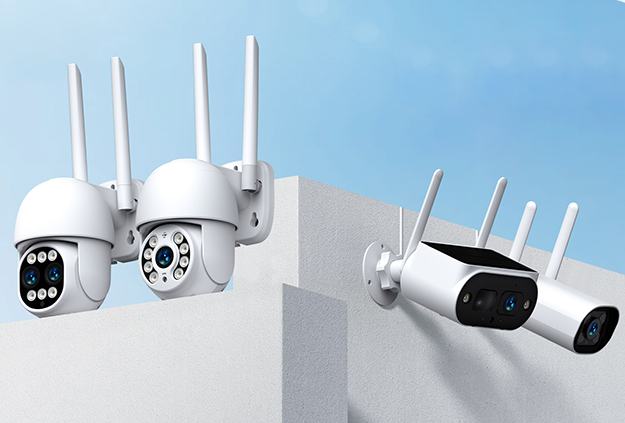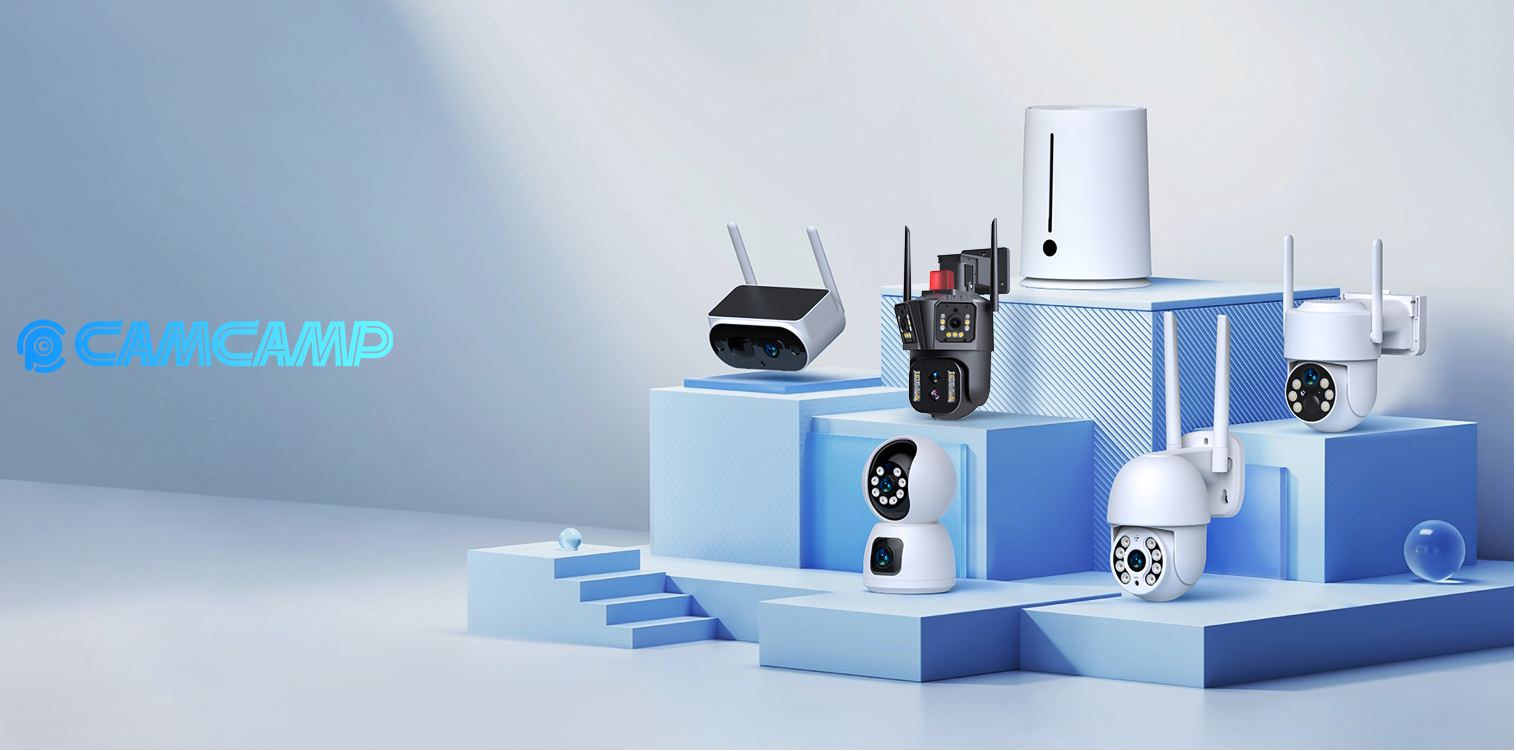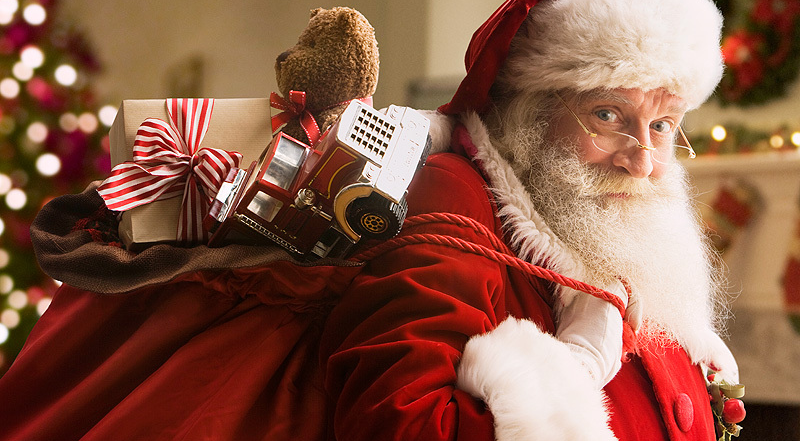Security cameras play a crucial role in safeguarding your home or business. Proper installation ensures optimal coverage and functionality. Here's a step-by-step guide on how to install security cameras at 8 different points:
Front Door
The front door is a primary entry point for intruders. Install a camera above the door, angled to capture faces. Ensure it is weather-resistant and has a wide field of view.

Backyard
Cover your backyard with a weatherproof camera mounted high enough to avoid tampering. Aim for a wide-angle lens to monitor a larger area.

Garage Entrance
Secure your garage entrance with a camera facing the driveway. This helps monitor vehicles and potential break-ins. Ensure the camera has night vision capabilities.

Windows
Install cameras near vulnerable windows to deter potential burglars. Angle them to cover both the window and surrounding areas. Wireless cameras work well for this purpose.

Perimeter of the Property
Cover the entire perimeter with cameras to detect any unusual activity. Opt for cameras with motion detection and infrared capabilities for night surveillance.

Common Areas Inside
For indoor security, place cameras in common areas like the living room and kitchen. Ensure they are discreet to avoid detection.

Stairways and Hallways
Install cameras in stairways and hallways to monitor movement between rooms. Choose cameras with wide-angle lenses for comprehensive coverage.

Basement and Attic
These are often overlooked areas. Install cameras in basements and attics to prevent unauthorized access. Ensure they are connected to your main security system.

How to install
Plan Your Camera Placement:
Identify high-risk areas. Consider angles for optimal coverage.

Power Supply:
Choose between wired and wireless cameras. Ensure a reliable power source for wired cameras.

Connect to a Monitoring System:
Set up a central monitoring system. Test the connectivity of each camera.

Weatherproofing:
Use outdoor-rated cameras for exterior installations. Seal cable connections to prevent water damage.

Camera Mounting:
Mount cameras out of reach to prevent tampering. Adjust angles to cover the desired area.

Night Vision Considerations:
Position cameras with night vision capabilities in dark areas. Test night vision functionality.

Secure Wiring:
Conceal wiring to prevent interference or tampering. Use cable conduits for a tidy appearance.

Test the System:
Conduct a thorough test of the entire security system. Ensure all cameras are functioning correctly. Remember, a well-installed security camera system enhances your overall safety. Regularly check and maintain your system for optimal performance.





Leave a comment
This site is protected by hCaptcha and the hCaptcha Privacy Policy and Terms of Service apply.